I don’t often get to play the games I tried the demos of during Steam Next Fest. I also usually have better reasons than “damn, the protagonist looks hot on the cover” for playing things. Funny how Signalis, a sci-fi survival horror game, managed to get around both of those tendencies.
In Signalis, you’ll be controlling Elster, a technician Replica (android, gynoid, etc.). She awakes from cryosleep without much in the way of memory. But as players, we have our need to progress in the game to drive us forward until we end up at S-23 Sierpinski, a mining facility on the planet of Leng. The people are gone. The Replicas… well, the monsters are still there. And Elster must press forward.
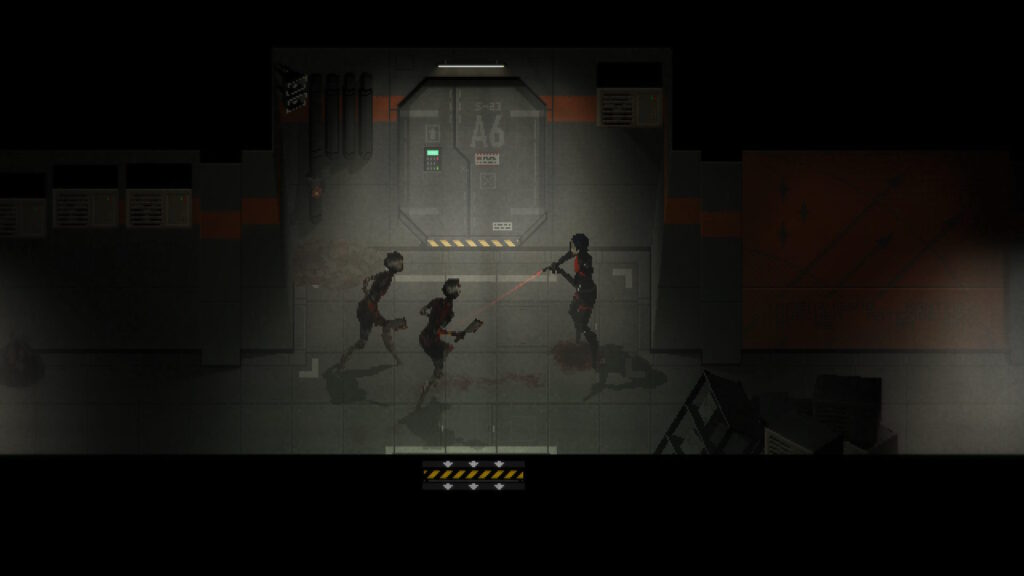
Receiving Signalis from the past
Two things to get out of the way: Signalis is a lot like Resident Evil 1, isn’t it? Your 3D character moves in 2D environments, you have a limited carrying capacity, saving the game is tied to terminals dotted around the maps, and there are a bunch of puzzles to solve. The main difference is that the puzzles make a lot more sense than it ever did in Resident “Police HQ is unlocked by manipulating statues in the lobby” Evil.
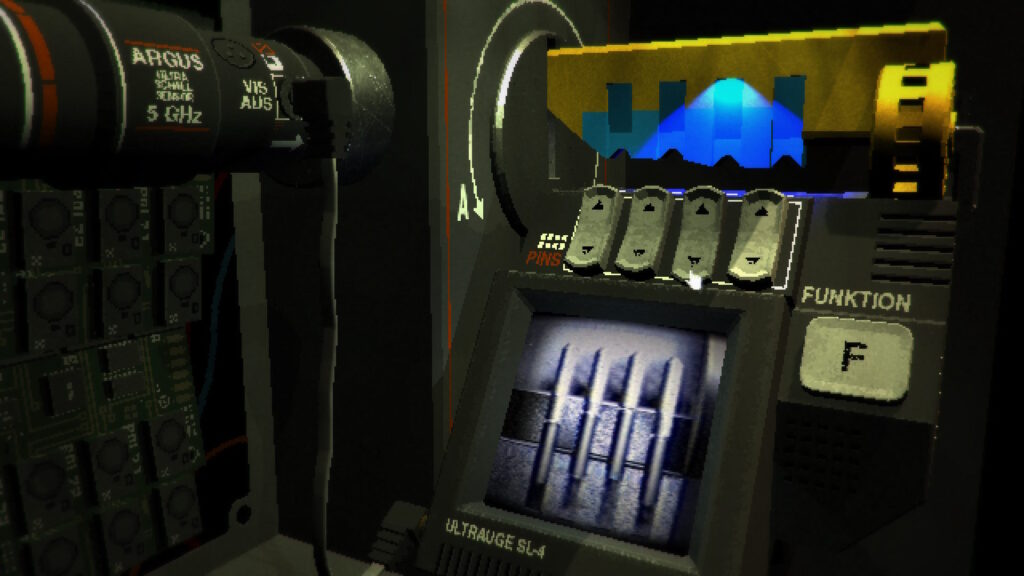
The second thing: the pure retro computing vibes of a game set in Sino-Korean Space DDR. Despite having space ships and Replicas, everything in the Eusan Nation runs on technologies like CRT monitors that East Germans would have had. It’s reflected even in the design of your inventory and how you navigate it without a mouse.
And German-Chinese texts are strewn about creating an impeccable atmosphere of an alien place. It’s much better than just another attempt to recreate USSR aesthetics as a shorthand for oppression.
The only thing that stands out is the anime art that’s used in cutscenes, but you get used to it.
I wouldn’t call it shorter or with worse graphics
But one of the most important achievements of Signalis is proving, once again, that art direction beats cutting edge graphics. I’m sure it’s too sophisticated to run on a PS1, but the visuals of the game are closer to Resident Evil 1 than Resident Evil 4, and they absolutely work. They work because the devs (all two of them if you discount all sorts of QA staff) put so much thought into making them work. Indie devs – especially Lithuanian indie devs – take this to heart: you don’t need to have AAA graphics if you have AAA art design.
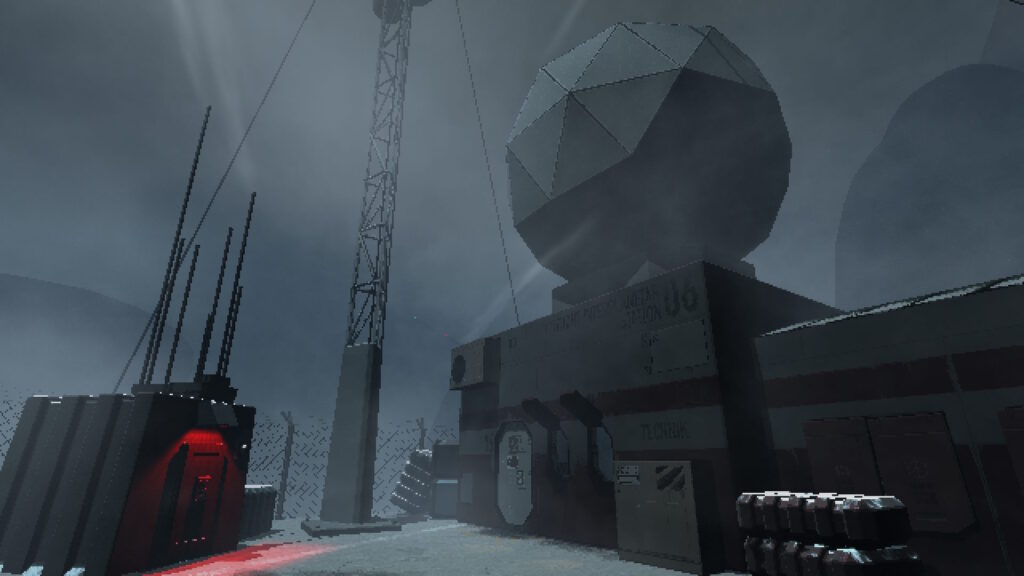
The Not!DDR flags already mark the space as different. Both weirdness and retro vibes are wonderfully evoked in glitchy cutscenes intercut by German and Chinese text. FPP vignettes for puzzle safes/computers/altars show not only clever design but also shine light on the high-fidelity art pieces. Visual distortions on the world and the harsh-and-minimal aiming system reminds you that you’re playing as a Replica.
I love it all the way through, even down to simple stuff like inventory items having a normal description and a more detailed description in inspection mode.
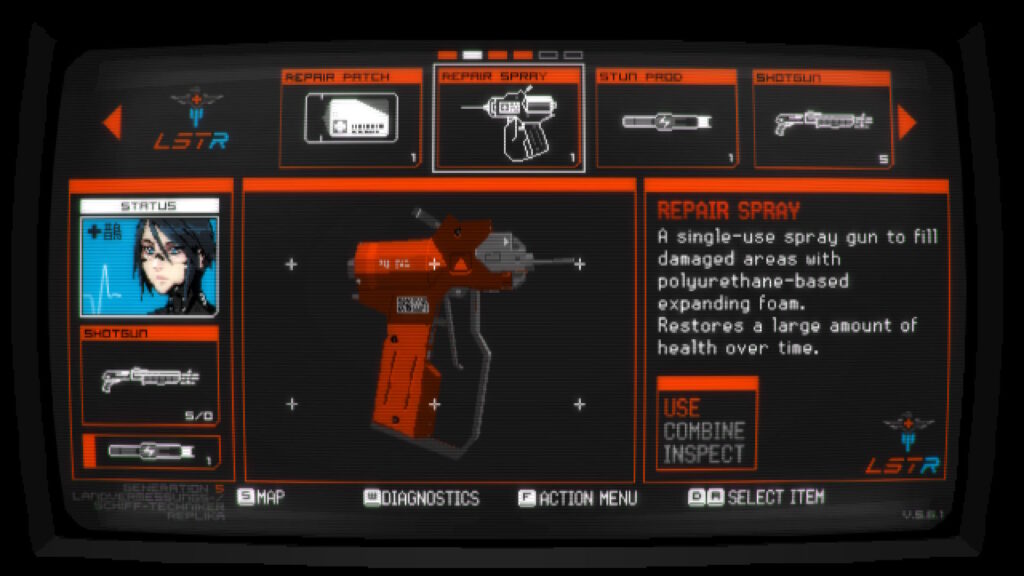
The audio also plays a large part in what makes Signalis tick. The opening tune will soon become familiar, a sign of good things to come. In the game, the music stings that come in as combat starts are always jarring in a good sense, transmitting an atmosphere of chaos and panic. This is a survival horror game, of course there’s chaos and panic!
What there isn’t is voice acting and your character interactions will remain mute throughout. It doesn’t spoil the experience, especially since the cutscene dialogues are so short.
You’ll never believe how airgapped our system is
So the atmosphere is unimpeachable. What about the gameplay of Signalis? I enjoyed it – except for one part where I realized that everything I do in this game is look for keys and keycards.
Now, maybe I’m doing some category error (shout out in the comments if I’m not) and all games are about finding keys and things-that-practically-serve-as-keys to move forward. But it felt more explicit in Signalis. The puzzles I solved – even the ones involving clever uses of the radio mechanic – were mostly there to bar the way to getting a key card rather than opening the way themselves and this felt a tiny bit wrong.
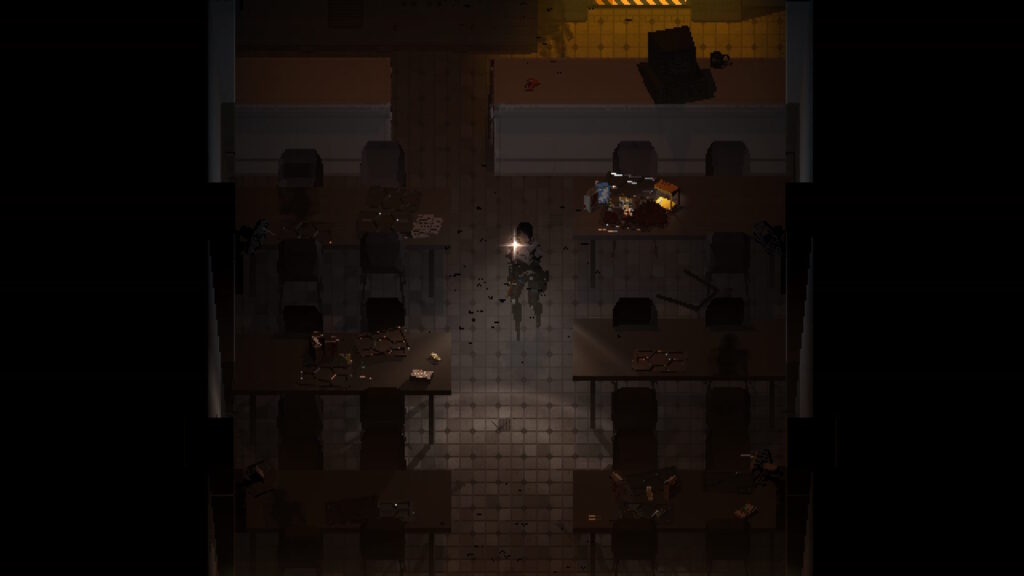
Other than that, I had great fun running around and trying to work around the six-item limitation on the inventory. it’s OK, save rooms have boxes that all share the same storage space. There’s also the additional joy in discovering how some of the items used for previous puzzles can be used to solve new issues. Lastly – and very naturally – I liked collecting lore texts (the only thing worth collecting in games), looting stuff and dodging enemies.
Cover Elster has a snub-nose for a reason
Oh, the enemies. I think the Signalis AI was very easy to program. By default, they wander around the room, doing nothing. They have a simple aggro range which, when entered, makes them chase the player. There are also a few factors that can increase that range. Once in pursuit, they try to beeline towards Elster and attack. Very simple, but due to constrained resources and spaces, it works. What else would you expect from zombie Replica?
One thing you wouldn’t expect is that they self-revive. Not immediately – especially if you stomp on them while they’re thrashing on the ground – but they will, eventually, after you cross that room enough times. Eventually, you’ll find items to perma-kill them, but as everything in this game, you’ll have a limited supply. So the question of permakilling for me was: “will I cross this room enough times for resource expenditure to be worth it?”
In some places, the enemies were fairly easy to dodge and I was near-gleeful at the opportunity. Come here, you monstrous suckers, it’s time for me to dunk on you so hard, you’ll wish I had permakilled you. I can just scoot around your shambling asses and preserve ammo for Future Boss Battles(TM).
No dog ending?
Of course, you don’t really have to save your resources that hard. On a regular walk-arounds, you’ll only carry only a single gun anyway – you need the five other spaces for ammo, healing items, loot, and quest items. So you’ll only be able to waste that much ammo in the first place. You can also fairly easily guess when you’ll run into a boss and thus prepare accordingly.
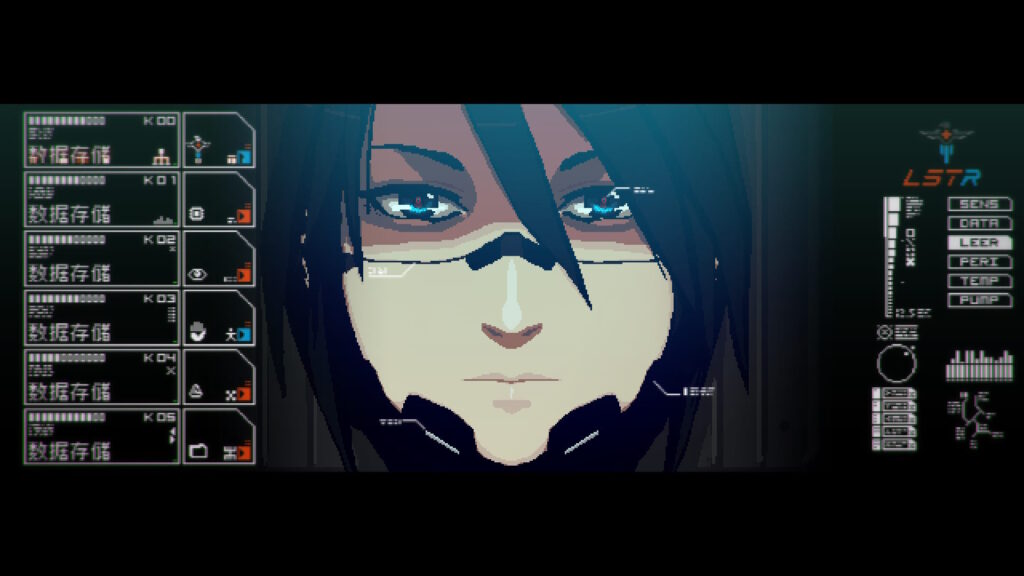
What you can hardly prepare for are the requirements to achieve Signalis‘ different endings. They’re not intuitive – in fact, they go against all the common wisdom of playing survival horror games. Some say the requirements are tied into the larger narrative and themes of the game. Me, I only eked out the Memories ending because I was obsessively checking every nook and cranny for every last bit of lore. Knowing the conditions for getting the good/true ending, I’m not going back, no matter how stylish the game is.
Game good
So that’s Signalis. It was mesmerizing for the time I spent with it and I didn’t have any issues solving puzzles or beating the bosses. The game crafts an amazing world and lets you explore it as a very determined android. Will you find your answers? Well, that’s another question altogether.

